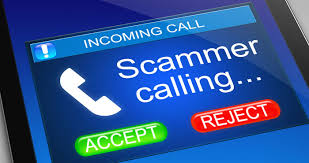It’s a common refrain in senior living that today’s assisted living communities are closer to yesterday’s skilled nursing facilities.
Seekers of Meaning Podcast Posted Online March 7, 2025
What's Next Longevity Deal Talk Episode 32, January, 2025
What's Next Longevity Venture Summit, June, 2025

 ears ago, when the phone rang, we eagerly picked it up. That was then. For good or ill, families want to text, message and chat. And the phone call has turned into a source of harassment and scams. Robocalling is a modern torment, sometimes multiple back-to-back dials from the same source, often spoofing our
ears ago, when the phone rang, we eagerly picked it up. That was then. For good or ill, families want to text, message and chat. And the phone call has turned into a source of harassment and scams. Robocalling is a modern torment, sometimes multiple back-to-back dials from the same source, often spoofing our
Comments
TeleCalm is a great solution
TeleCalm is a great solution to the phone scam problem!